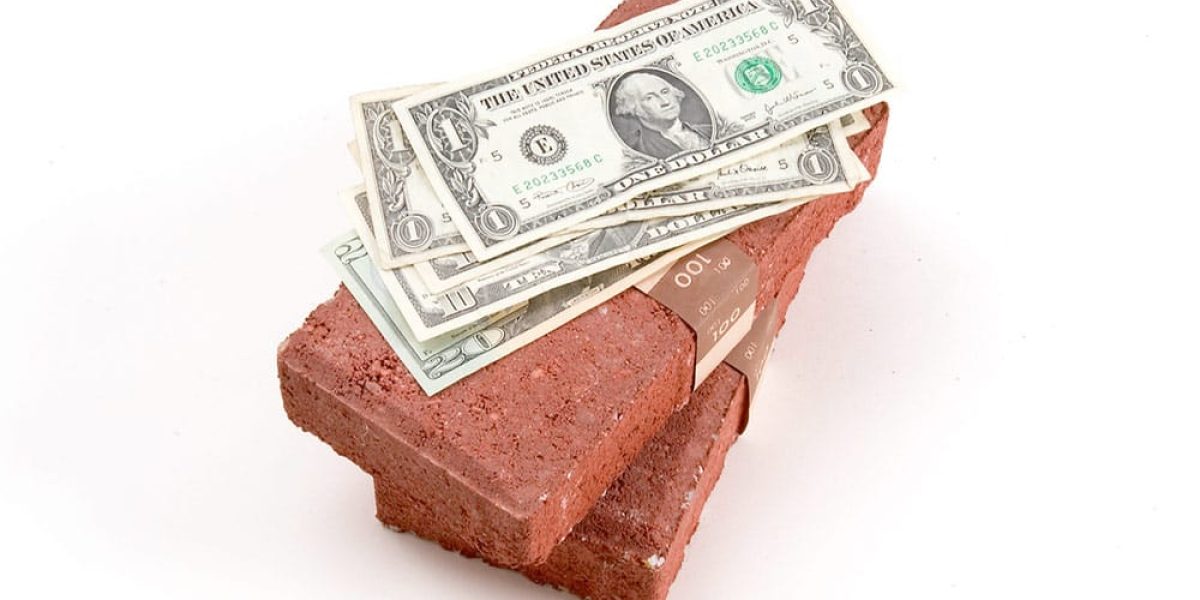Tax changes on buy-to-let properties have meant a greater financial burden on landlords. In an effort to remain profitable, many of them are looking to diversify their investments.
One area of interest is mixed-use or semi-commercial property. These are buildings such as shops with flats above them, or public houses that have a mix of commercial and residential use.
Unlike buy-to-let property, mixed-use property is not subject to the extra 3% stamp duty.
Yields tend to be higher than residential property, typically sitting at 7.6% compared to 6% for residential accommodation. Commercial tenants will often be responsible for maintenance and this can save considerable sums each year.
There are some drawbacks to semi-commercial property. Capital growth is difficult to predict, and property with tenants on a long lease and in a profitable business sector will tend to be valued higher. Commercial mortgages tend to be high and there can be high fees. Borrowers will need to put down around a 25% deposit.
Louise Riding of Stacks Property Search is positive about semi-commercial property, saying:
“With the right product, the sector offers the ability to secure long-term and often indexed income from the commercial element and capital growth from the residential.”
Semi-commercial property should be seen as a long-term investment and not one for a quick profit.
There are many specialist lenders that can provide a commercial mortgage to finance semi-commercial property deals. A broker can source the best deals for landlords wishing to enter this market.


